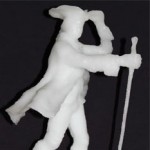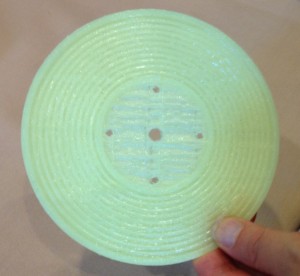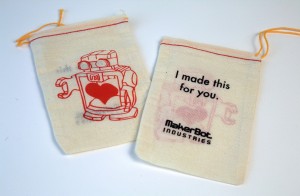 This year’s Science Literacy Week really does have it all, starting with two amazing library exhibits:
This year’s Science Literacy Week really does have it all, starting with two amazing library exhibits:
- The Science of Star Trek at Schulich Library
- Knowing Blood, Medical Observations, Fluid Meanings at Osler Library of the History of Medicine.
If you can’t make it up to Osler Library, we have a touch table coming to Schulich Library tomorrow that will allow you to explore the Knowing Blood exhibit from Tuesday to Friday.
The fun with technology does not stop there, however, because we have 3D printing and learn to code workshops. You can also explore virtual reality technologies with the Oculus Rift. I will definitely be there for that.
I haven’t forgotten about the bees…we have hives on the roof of Schulich Library and they make the best honey. Take a visit up there with an experienced beekeeper.
There is more happening than I can mention here but I don’t want to leave out Wednesday’s Wikipedia edit-a-thon on women in science, or the talk from Dr. Joe Schwarcz on the facts and myths of eating right on Thursday afternoon.
I will leave you with the calendar of events to explore. Now if only we had transporter rooms… Well, there is always next year!




